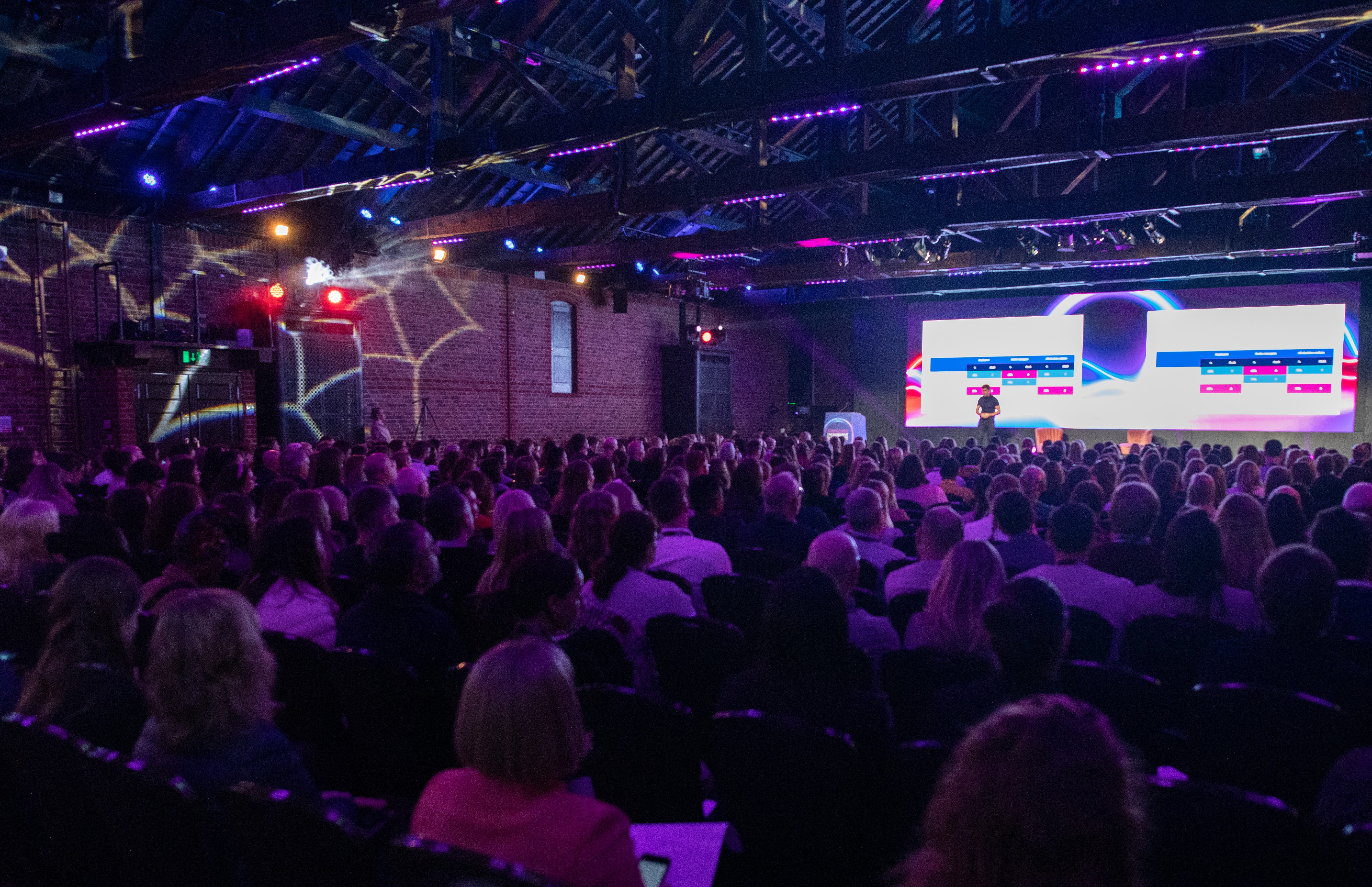Staying Connected: How Can We Engage Gen Zs in a Hybrid Working World?

By Dean Checkley, CEO of Flomatik
By 2025, Generation Z is set to make up almost one-third of the world’s population – and 27 percent of the workforce. This demographic, generally considered to be those born between 1997 and 2012, are also known as “digital natives”. Their predecessor Millennials have lived on both sides of technology, from VHS tapes to 5G. Meanwhile, tech is all these digital natives have ever known.
Add into the mix that this generation, ranging anywhere from 8 to 23 during the time of the COVID-19 pandemic, will have likely spent their formative years behind screens. Homeschooling, gaming and interacting with friends led screentime to double during lockdowns.
With all of these factors, it’s natural to assume that Gen Zs favour a tech-heavy lifestyle. In turn, we might assume they’re more likely to favour remote working, conversing via Zoom calls and generally eschewing face-to-face conversation. Of course, this could not be further from the truth.
THE IMPORTANCE OF BODY LANGUAGE
You’ve no doubt heard the Mehrabian theory that 93 percent of communication is non-verbal. When we communicate, we talk with our hands, our facial expressions, our posture and so much more. Our tone of voice affects what we say and how it’s interpreted.
Zoom fatigue – a new phenomenon catalysed by overreliance on videoconferencing during COVID-19 – causes us to miss these cues. And it is exactly these cues that Generation Zs rely on to get ahead in the workplace. Despite their tech-heavy upbringings, Generation Zs need face-to-face interaction to improve their confidence:
- 72% prefer face-to-face communication in the workplace
- Meaningful, personalised conversations are preferred
- We need 90% eye contact to maintain an engaging conversation
Quite simply, this generation may lack confidence in this area because they have grown up with fewer face-to-face interactions. A water cooler chat or a “can you just” request might seem easy enough for a Millennial. But for a Generation Z, this can result in anxiety – particularly if they’re disrupting workflows with a five-minute call.
To achieve maximum productivity out of our staff without impeding their confidence, we need to nurture a culture of connectedness.
LEVERAGING BOTH TECH AND IN-PERSON COMMUNICATION FOR GENERATION ZS
Naturally, as the way we work has changed for good, our workers’ expectations have shifted. Hybrid or remote working is no longer a flexible luxury, but a dealbreaker for many. Interestingly, it’s most popular among Millennials:
- Almost half (49%) of Millennials want to work fully remotely
- Just 27% of Gen Zs want to work fully remotely.
The advent of telecoms and video conferencing tools has given us more freedom than ever to meet these demands. Likewise, we’re paying more attention to cyber security as staff take devices home or access files.
So how can we use this technology to its full potential without neglecting our young staff’s social needs?
AVOIDING THE ALL-OR-NOTHING APPROACH
It’s important to remind ourselves what hybrid really means: a mixture of both. It would be entirely pointless to expect our workforce to head into the office every day only to be stuck on Teams calls. Instead, business leaders need to promote a fluid approach to working structures – be they set on-premises and remote working days, or complementary staff rotas.
Office spaces should no longer be deemed as a ‘place of work’, but more of a hub of connectedness — promoting the sporadic creativity that can often be left behind in a truly isolated world, where the only option to connect is remotely.
INCLUDING ALL STAKEHOLDERS
Isolation is particularly pertinent in the telecoms space. With so much innate knowledge of remote collaboration tools, we’re encouraged to avoid face-to-face interactions. But without these, we risk reducing staff engagement and missing key mental health cues.
We’re also battling against macro pressures like the cost-of-living crisis. This is why we need to be transparent with all stakeholders, not just internal teams. Operators in the altnet space, for example, are feeling anxious right now. As leaders, we need to maintain open communication channels and improve confidence in our partnerships.
ACKNOWLEDGING DIFFERENT NEEDS OF ALL TEAMS
As above, everybody’s opinion should be valued – regardless of age, seniority, location, or stakeholder status. Managers should regularly check in with their teams and listen to their views. Millennials, for example, may favour more remote working hours due to childcare constraints, while Generation Zs may prefer to stay in the office.
This will also help leaders to uphold the values of the organisation, focusing on strategic goals. With a diverse range of voices and viewpoints, leaders can shape the future of their businesses. In the ever-changing telecoms industry, this could not be more pertinent – staying ahead of the curve in line with tech trends.
THE TAKEAWAYS
Thanks to gigabit internet and remote working, today’s workforce is more connected than ever before. But to overcome the anxiety of physical isolation, we need to use these tools to our advantage.
We should leverage technology to regularly check in on remote staff, regardless of their job role or where they’re working. We should also encourage a culture of openness and honesty, valuing every team member’s input to understand what they need from the workplace.
Generation Zs may prefer face-to-face communication, but above all, they want to feel heard. There are hundreds of ways to hear what they’re really saying, from tech-based check-ins to non-verbal communication. Keeping these streams open will empower the next generation, making for a progressive, productive workforce.




